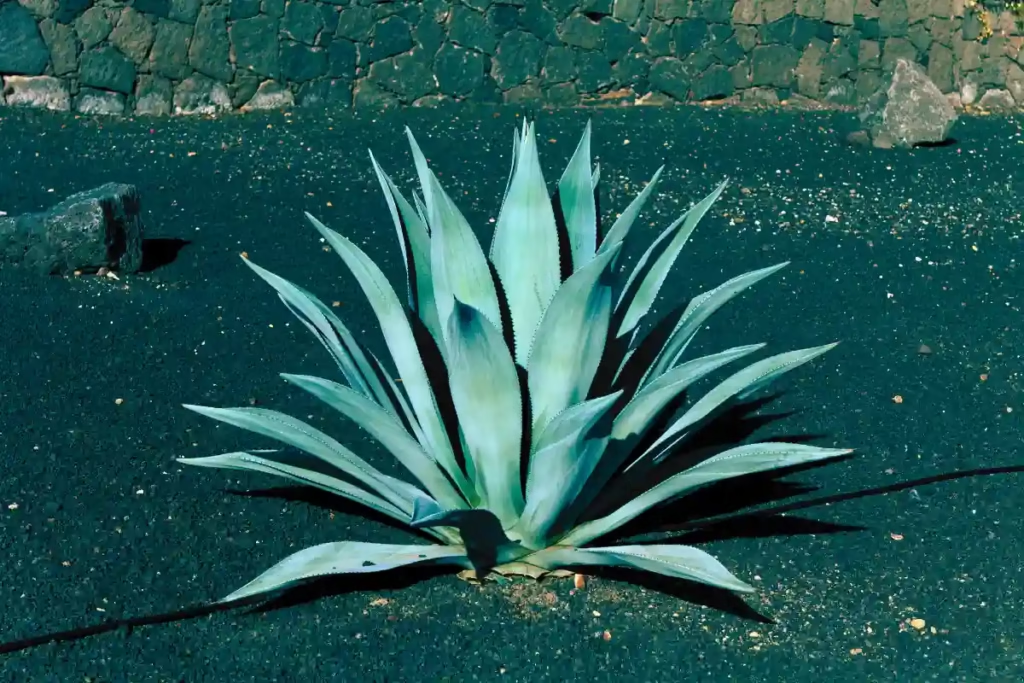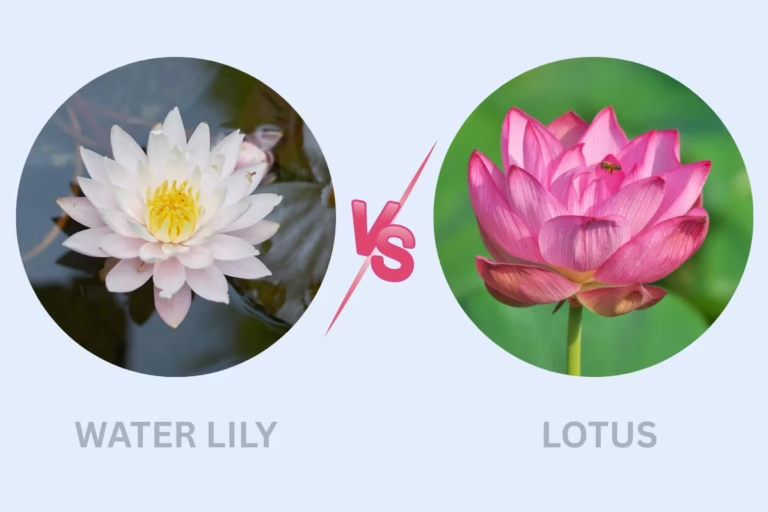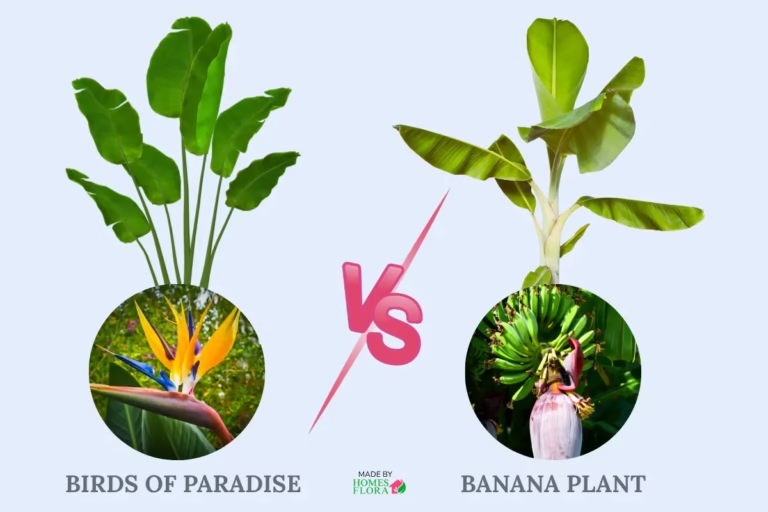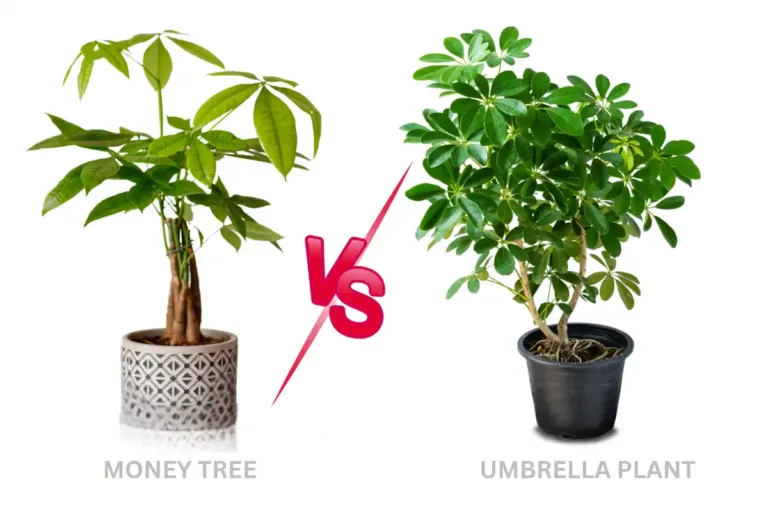Agave vs Aloe Vera: How to Tell Them Apart Easily
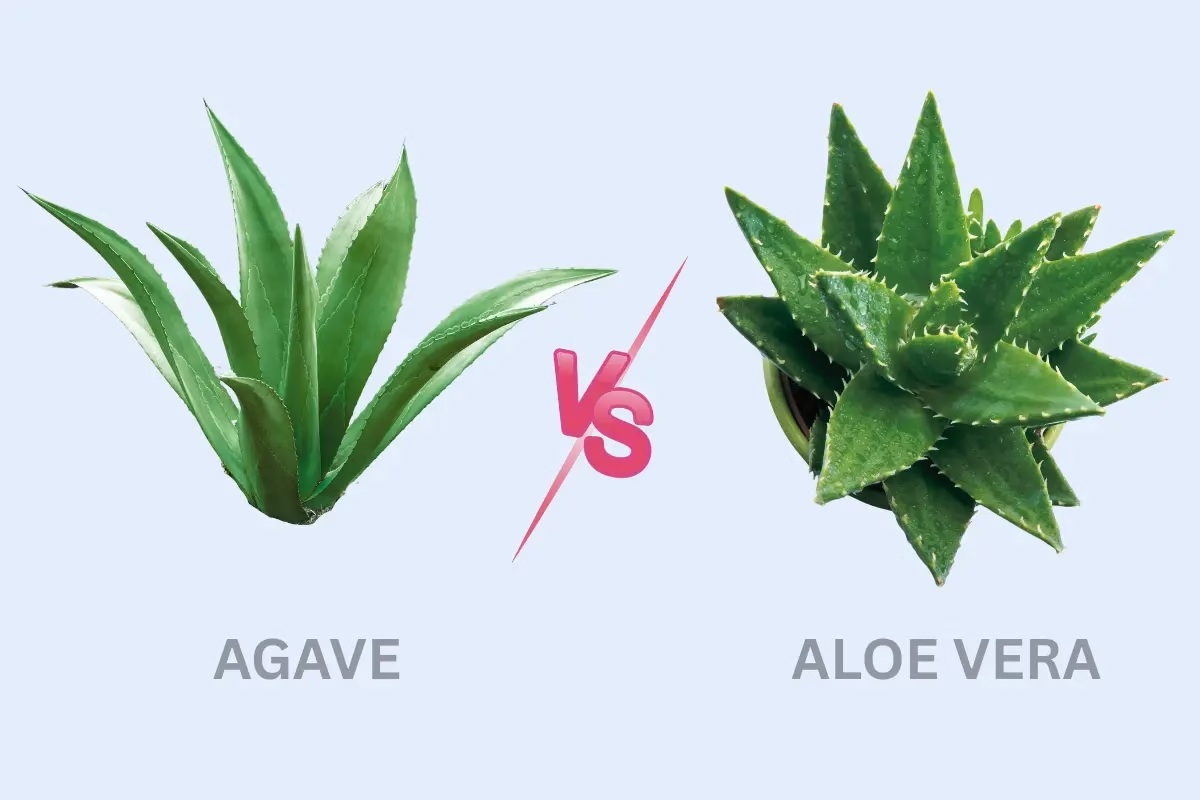
Distinguishing between Aloe Vera and Agave can be surprisingly tricky because Both are drought-tolerant succulents with similar rosette-shaped leaves. confusing them can lead to costly mistakes—like using Agave instead of Aloe for burns or consuming the wrong plant, which can be toxic for people. Many plant lovers struggle to identify these plants due to mislabeled purchases or subtle differences in leaf texture, size, and flowering patterns.
In this guide, we’ll help you tell Aloe and Agave apart. You’ll learn about their origins, growth patterns, uses, and lifespan. By the end, you’ll feel confident identifying these plants and enjoying them safely in your home or garden.
Aloe Vera vs Agave – Quick Comparison for You
Feature | Aloe Vera | Agave |
|---|---|---|
Origin | Africa, Madagascar, Saudi Arabia | Mexico, Southwestern USA |
Family | Asphodelaceae (Lily family) | Asparagaceae (Yucca family) |
Species | ~580 species | ~166 species |
Leaf Type | Thick, fleshy, gel-filled | Fibrous, spiny, rigid |
Leaf Margins | Small soft teeth | Sharp thorns/spikes |
Leaf Use | Gel for burns, skincare, juice | Fibers for rope, sap for syrup & tequila |
Size | 1–3 ft | 1–20+ ft |
Lifespan | ~12 years | 30–100 years |
Flowering | Polycarpic (blooms multiple times) | Monocarpic (blooms once, then dies) |
Flower Color | Yellow, orange, red, white | Yellow, orange, red, white, purple |
Bloom Stalk | Tall, moderate | Very tall (up to 40 ft) |
Pups/Offsets | Yes | Yes |
Sun Tolerance | Partial shade in hot sun | Full sun, extreme tolerant |
Soil | Well-draining, sandy/rocky | Well-draining, sandy/rocky |
Watering | Low; drought-tolerant | Low; drought-tolerant |
Temperature | 60–85°F; frost-sensitive | 60–85°F; frost-sensitive |
Toxicity | Gel safe; may be toxic if aloin not removed | Toxic if eaten raw; can cause allergic reactions |
Growth Pattern | Rosette | Rosette |
Growth Season | Winter grower; some summer | Summer grower |
Uses | Medicinal, cosmetic, food, houseplant | Landscaping, edible, fibers, tequila, houseplant |
Ornamental | Good for containers, wildlife/pollinator gardens | Eye-catching specimen, barrier plant, drought garden |
Safety Tip | Gel is safe; check aloin content | Handle with gloves; spines & sap can harm |
Aloe Vs Agave: Key Differences & Similarities
Native Region
Aloe comes from Africa, mainly the Southern Hemisphere and Madagascar, while Agave hails from the Southern U.S., Central America, and Mexico. Aloe is native to the Old World, while Agave comes from the New World.
Today, both have lovers all over the globe and are grown around the world. Varieties like Agave ‘Bon Petite’ and Aloe Vera have become beloved house plants for succulent lovers around the world.
Lifespan
Aloe can live upto 12 years, with leaves that ooze clear gel and the plant can flower again after blooming. Agave lifespan can reach 30 to 100 years, often called the century plant, but it dies after flowering, leaving behind pups to replace it.
Size Comparison
The main difference between Agave and Aloe is their size. Most Agave succulent plants grow larger than Aloe, like the Century plant (Agave americana). At the blooming stage, this difference is striking, as some Agave can produce 40 ft tall flower stalks. Some Aloe varieties, like the Aloe Tree, can also grow quite large, but in general, Agave plants are bigger than Aloe.
Leaf Differences
Telling Aloe from Agave is simple if you focus on the leaves. Aloe Vera has thicker, fleshy, spongy leaves with soft spines or small teeth that are soft to touch. Snap one, and you get access to the gel stored inside. Agave has thinner, fibrous, tough leaves with painfully sharp spines that need sharp shears to break.
Varieties like Agave sisalana or Blue Agave have strong fibers used for sisal rugs and ropes. You’ll notice larger, spinier Agave versus smaller, softer Aloe in succulents. Handling the leaves gently and observing their different textures is the easiest way to identify each plant, especially for anyone comparing plants in direction, décor, or collection.
Flowers and Blooming
Both Aloe and Agave send up tall stalks with exotic flowers in red, orange, or yellow, attracting pollinators. Aloe is polycarpic, blooming repeatedly, usually once a year between December and May, with tubular or bell-shaped flowers. Agave is monocarpic, blooming once in a lifetime on a 40 feet bloom stalk. After producing seed, the succulent slowly dies, leaving dried or skeletal remains.
Both form clusters of flowers on long stalks from the center of the plant, but stalk length, frequency, and timing differ by specific type. Aloe blooms yearly, while Agave blooms only once, typically between 10 to 30 years. The massive Agave bloom is dramatic and rare, whereas Aloe provides consistent, enduring floral beauty.
Growth Patterns & Seasonal Differences
Most succulents grow in summer and rest in winter, but Agave and Aloe follow different rhythms. Agave prefers the warmer months and becomes mostly dormant in cold seasons, needing very little water or feeding. Aloe, on the other hand, grows in cooler months, blooms in late winter or early spring, and can keep growing if conditions stay stable.
Some Aloe species from regions with winter rainfall even pause in summer heat. Keep an eye on an overwatered coral Aloe plant, because too much water can kill it. Varieties like Agave attenuata or Agave bracteosa are low-maintenance during dormant months, making it easy to care for them while knowing their seasonal needs.
Uses and Benfits
Aloe vera is human friendly and helps to provide medicinal gel for burns, skincare, cosmetics, and food products, while Agave supplies fibers for ropes and sisal rugs along with ingredients for syrups and tequila. Both Plants are drought-tolerant, deer-resistant, great as houseplants or ornamental specimens, and their tubular flowers attract pollinators like hummingbirds and butterflies.
Related: Water Lily vs Lotus and Calla Lily vs. Canna Lily
Agave vs Aloe Vera: Key Advantages Compared
Aloe Vera Advantages
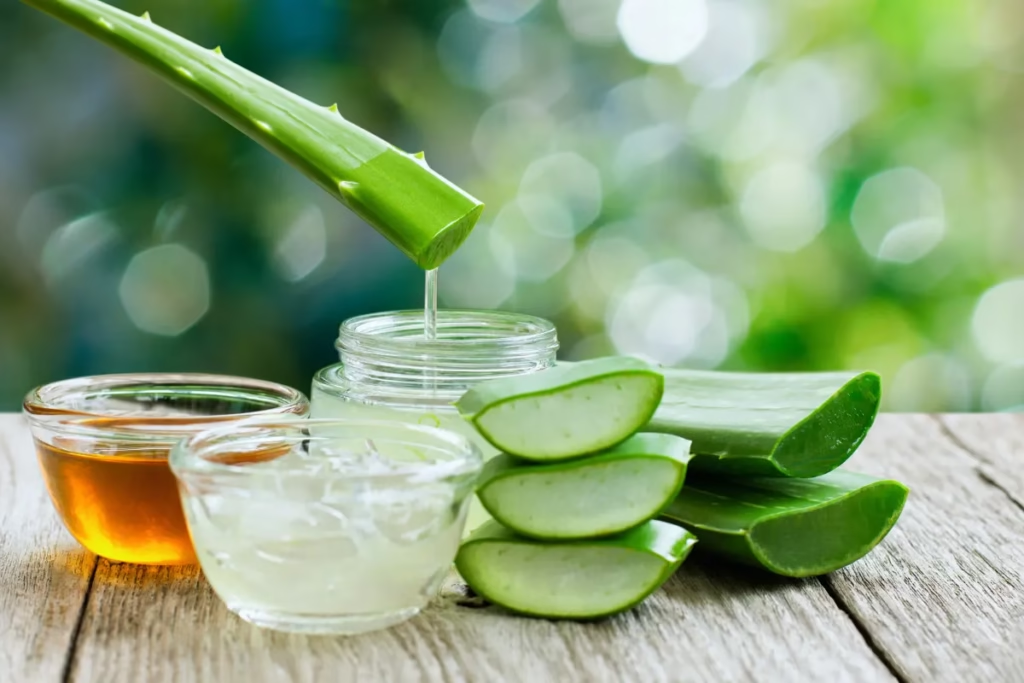
Agave Advantages
